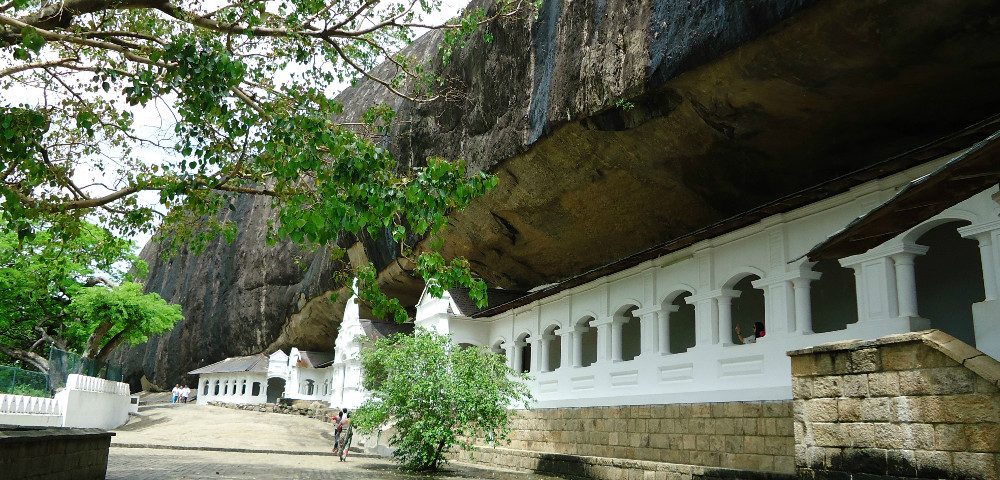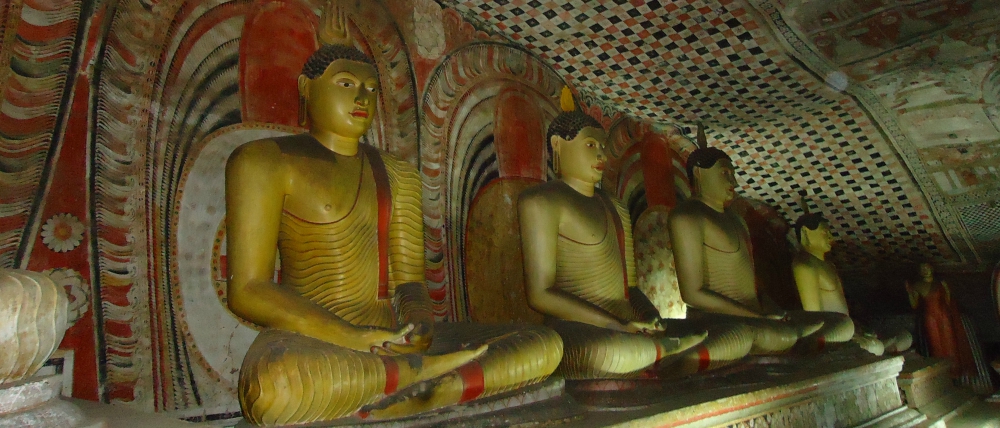Dambulla Golden Temple
Overview
The Golden temple of Dambulla also known as the Cave Temple of Dambulla bears witness to the rich cultural heritage of Sri Lanka. Located about 142 kms away from Colombo the Dambulla cave temple is the best preserved rock temple complex in Sri Lanka. Anybody who visits the temple would be awe struck by its art and paintings that dates back to 3rd Century B.C.
The cave temple monastery has been occupied by Buddhist monks continuously for 22 centuries. According to the historical chronicle Mahawamsa, King Walagamba has sought refuge in this cave for nearly 15 years when South Indian invaders usurped his throne. When he reclaimed the throne as a token of gratitude he had built a temple and a monastery and has offered it to the monks. Many additions had followed afterwards to the cave rock temple by other kings.
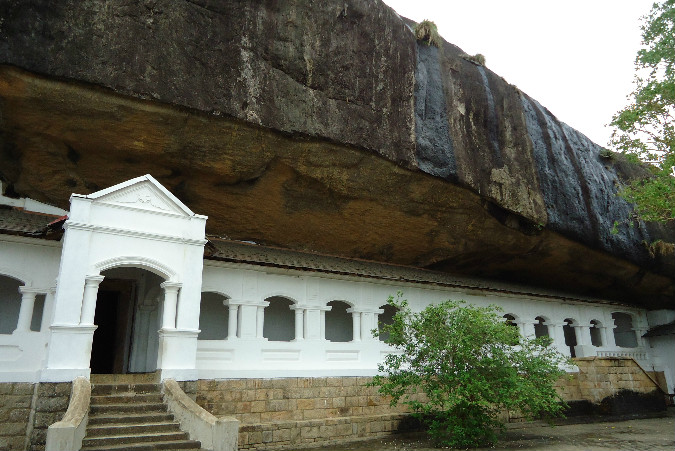
The mere existence of the cave temple is a geological wonder as the temple has been built under a mammoth hanging rock. You could see the finery of engineering and architecture that existed in 3rd century B.C when you notice the drip line that has been carved into the rock to protect the temple from rain water seeping in.
The temple consists of five caves. This is built under the hanging rock which is about 150m tall. You can reach the caves after travelling about 2kms from the city of Dambulla. A gravel road leads to the base of the rock that gradually ascends and when you climb up the rocky slope you can enjoy a breathtaking view of the surrounding. If the weather is pleasant you can clearly see the Sigiriya Lion Rock which is about 19 kms away from the cave temple.
The first cave is the largest and it’s about 7m tall. There are statues of Buddha and intricately painted designs on the cave walls. If you happen to go to the temple on an evening you will witness hundreds of swallows making their way into the caves as the silhouettes of darkness fall over the calm and quite surrounding.
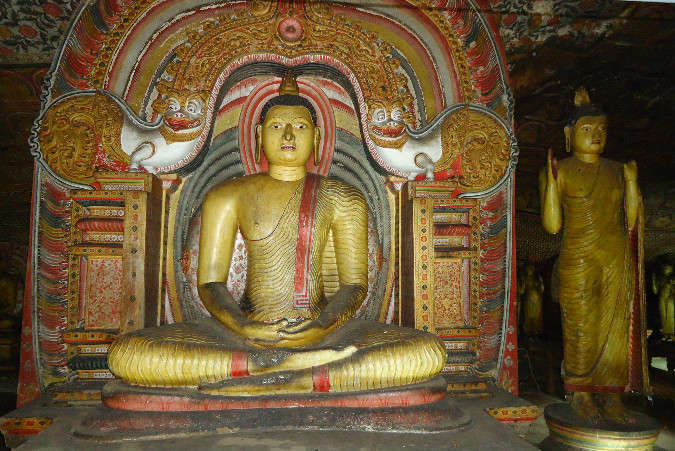
The second cave also known as the Cave of Great Kings has a statue of King Walagmaba and there is a dragon arch built over the Buddha statue inside the cave. The tranquillity of the cave is mesmerising and almost trancelike as the only sound you would hear is the drops of water that trickle down to a bowl. The source of these water droplets runs deep into the cave and it is said that it does not dry up even during a drought. The third cave has 42 standing Buddha statues and it features a dragon arch that is made from granite. The Kandyan style mural paintings and the Buddha images on the rock ceiling are indeed masterpieces of Sri Lanka’s proud heritage. The fourth and the fifth caves lie further away and you have to pass a timber arch to get to those caves. The intricate workmanship of the woodcarvings is outstanding even today though it has partly decayed.
Archaeologists have found evidence of the existence of pre historic men around these caves as well. So pay a visit to the wonderful cave temple in Dambulla to get a glimpse of the historical and cultural glory of ancient Sri Lanka.
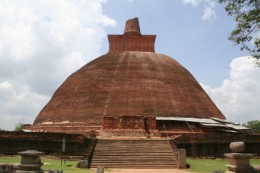
Anuradhapura
The most famous stupas such as Ruwanweli Seya, Thuparamaya and Abhayagiriya are situated in Anuradhapura. Ruwanseliseya is the largest stupa in Sri Lanka.
More..

